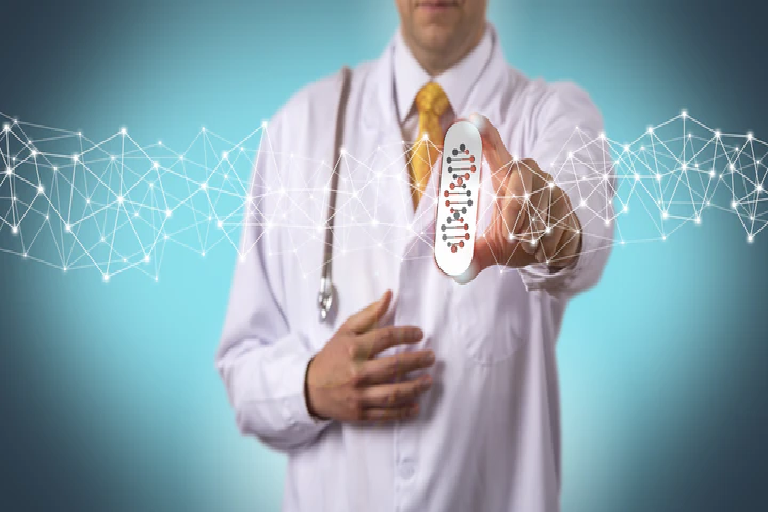How Technology Can Improve Hospital Workflow
The healthcare industry is full of dedicated professionals who risk their lives for the safety of others, but doctors and nurses are stretched thin. However, technology is always eager to provide solutions to society’s problems, and hospitals can benefit from the advantages of recent technological developments. Here’s what you need to know to optimize patient care by implementing tech solutions at your medical facility to better handle patient records.
Cybersecurity
First and foremost, it’s worth mentioning that various industries have seen an increase in e-commerce functionality and engagement in recent years. Such tech allows businesses and consumers to engage with each other in a more convenient way, and healthcare has taken steps to implement a similar transition away from unnecessary contact. In both cases, a problem immediately becomes clear in the form of the potential for cyberattacks. On top of that, medical facilities provide a juicy target for hackers because of the immense amount of patients’ personal data that hospitals store at any given moment.
The increased demand for remote services leads to a similar increase in the necessity of cybersecurity. Your first step should be implementing multi-factor or passwordless authentication so that your network can’t easily be infiltrated. Passwords make for flimsy security measures, because they can easily be guessed by hackers. By steering away from passwords in part or in whole, your staff can depend on their smartphones for identity verification purposes, and stealing a phone is much harder than stealing a password.
Internet of Things Technology
The first step of using technology to improve the workflow of your hospital has to be self-reporting apps. This software does exactly what the name implies. Instead of meeting a patient face to face for regular follow-up appointments, you can give them the tools they need to feed you small, innocuous updates without the need to accept the additional workload associate with an on-site appointment.
Moreover, the implementation of a smart office can make this even more beneficial, allowing the data from the app to be saved in the cloud automatically and, more importantly, connecting it to various other data sets in a central database. This ultimately increases the accuracy and availability of the data in question, because it’s permanently recorded and filed away with no input needed from a given doctor. Because it is saved instantaneously, it can all be taken into account in due time.
It’s worth mentioning that doctors commonly spend more time doing paperwork than interacting with patients, and smart office tech and self-reporting apps go a long way toward solving that problem. For example, an IoT heart rate monitor can send a patient’s vitals to the central hub in real time, meaning one less item that needs to be handwritten by doctors and nurses. You can extrapolate that same functionality for each of the various vitals measuring devices in your average hospital room. This can help to create a dynamic matrix of a patient’s most important metrics that updates in real time and can be monitored remotely.
Along the same lines, doctors have begun to use tablet PCs instead of the traditional clipboard when taking notations of a patient’s vitals. These tablets can be used to record patients’ verbal testimonials as well, and this helps to keep clean and accurate records. Again, all of this information can be saved via the cloud to create a more complete picture of a patient’s condition by viewing various systems at once. The smart office is possibly the best thing that could happen to hospitals in desperate need of simplification in the recordkeeping department.
Medical professionals have one of the world’s most difficult and most important jobs, and busywork is eating away at their time. However, tech developers are providing a growing number of solutions to the kind of problems that hospitals face most often, and that will only become more important as the world continues to trend toward digital alternatives to traditional services.






























